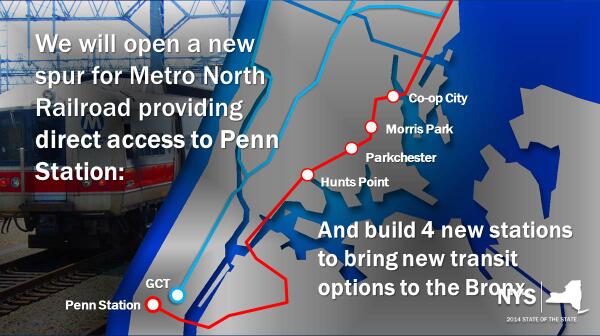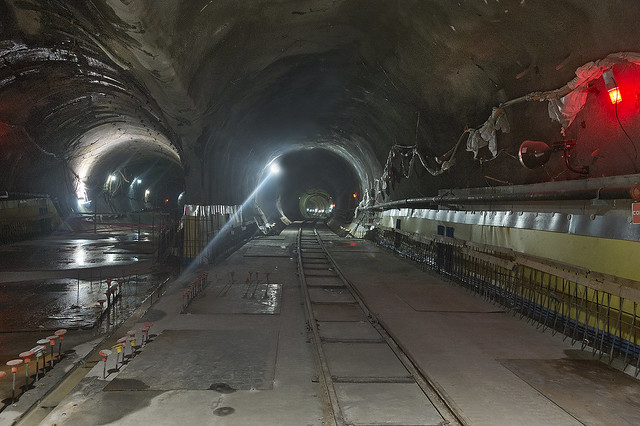
West 4th Tower crews work to restore service following an early morning water main break this morning. Photo: MTA / J.P. Chan
Following an early-morning water main break at 5th Ave. and 13th Sts. that flooded out subway service at West 4th, the MTA restored service this morning, and the commute this evening should be relatively problem-free. The same, of course, couldn’t be said for this morning as Sixth Ave. trains were rerouted all over the place, and Uber, as expected, instituted surge pricing while people struggled to get into the office.
As part of the postmortem on the accident, the MTA offered up some spin on how service was restored so quickly:
Two pump trains were dispatched but were not needed. A pump room located at 9 St as well as portable pumps that were positioned into the area were able to pump water that had risen 24-30 inches along 300 feet of track north of the West 4 St station. Drains along the tracks were able to absorb much of the water that had entered the system. The drains performed well as a result of the attention they have received during FASTRACK work along that corridor.
This is the rosy view of everything. “Look! All that work we do that inconveniences you overnight now and then is paying off because we could restore subway service in a matter of hours,” the MTA says. It’s easy to cast a cynical eye toward that statement, but it’s also true that the MTA’s old technologies — pump rooms, well-placed drains — have continued to serve the agency well. Sometimes, infrastructure built in the late 1920s and early 1930s holds up remarkably well. It’s just something to chew on.














 (Rockaway Shuttle)
(Rockaway Shuttle)